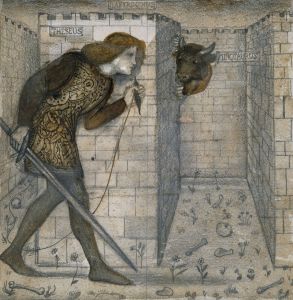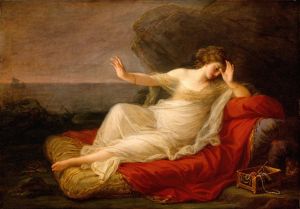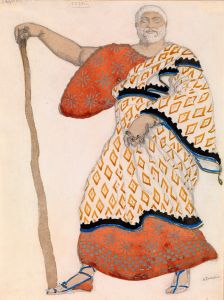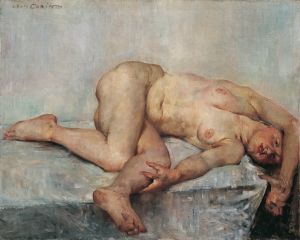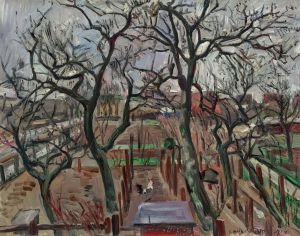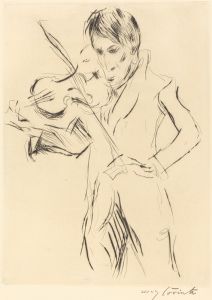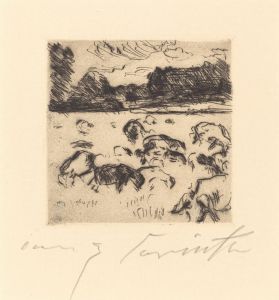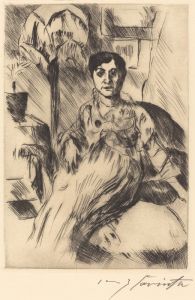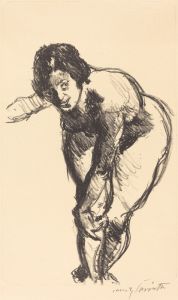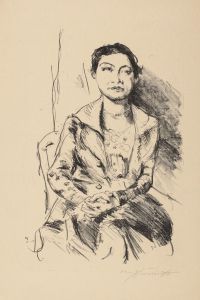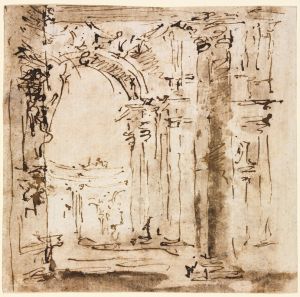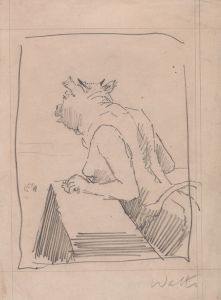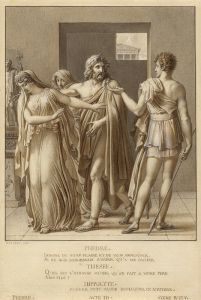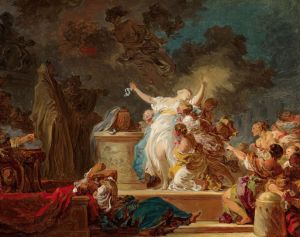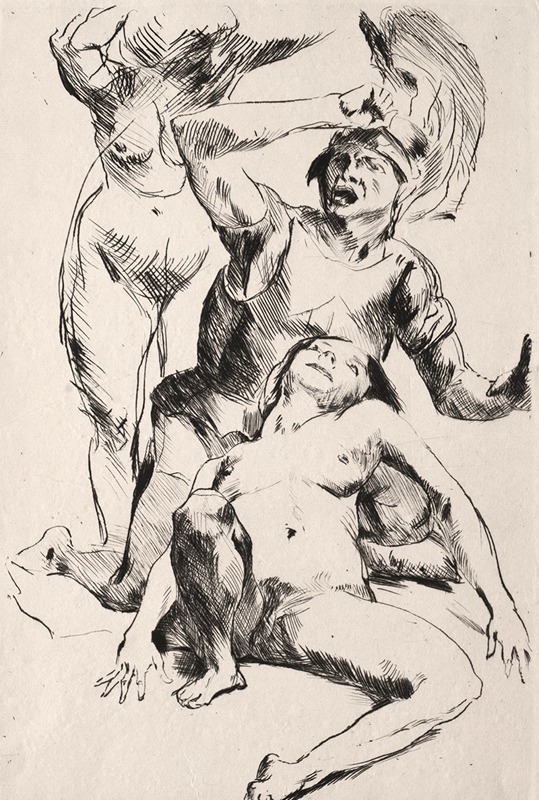
Theseus and Ariadne
A hand-painted replica of Lovis Corinth’s masterpiece Theseus and Ariadne, meticulously crafted by professional artists to capture the true essence of the original. Each piece is created with museum-quality canvas and rare mineral pigments, carefully painted by experienced artists with delicate brushstrokes and rich, layered colors to perfectly recreate the texture of the original artwork. Unlike machine-printed reproductions, this hand-painted version brings the painting to life, infused with the artist’s emotions and skill in every stroke. Whether for personal collection or home decoration, it instantly elevates the artistic atmosphere of any space.
Lovis Corinth, a prominent German painter and printmaker, created the artwork "Theseus and Ariadne" in 1905. Corinth is known for his contributions to the German Impressionist movement and later, his involvement with Expressionism. His works often explore themes from mythology, history, and literature, rendered with a dynamic and expressive style.
"Theseus and Ariadne" is a painting that draws on the rich tapestry of Greek mythology. The story of Theseus and Ariadne is a classic mythological tale that has inspired countless artists over the centuries. According to the myth, Ariadne, the daughter of King Minos of Crete, falls in love with Theseus, a hero from Athens. Theseus arrives in Crete with the intention of slaying the Minotaur, a fearsome creature that resides in the labyrinth constructed by Daedalus. Ariadne aids Theseus by providing him with a ball of thread, which he uses to navigate the labyrinth and successfully defeat the Minotaur.
Corinth's interpretation of this mythological narrative is characteristic of his style, which often combines vigorous brushwork with a vivid color palette. The painting captures a moment of interaction between Theseus and Ariadne, emphasizing their emotional connection and the drama of the myth. Corinth's use of light and shadow, as well as his attention to the physicality of the figures, imbues the scene with a sense of immediacy and intensity.
The painting reflects Corinth's interest in human emotion and the complexities of interpersonal relationships, themes that recur throughout his oeuvre. His approach to the myth of Theseus and Ariadne is not merely illustrative; rather, it seeks to delve into the psychological dimensions of the characters, exploring themes of love, betrayal, and heroism.
Lovis Corinth's work during this period is marked by a transition from Impressionism to a more Expressionist style, and "Theseus and Ariadne" exemplifies this shift. The painting's dynamic composition and expressive use of color and form are indicative of Corinth's evolving artistic vision. This work is part of a broader trend in early 20th-century art, where mythological subjects were revisited with a modern sensibility, reflecting contemporary concerns and artistic innovations.
Corinth's "Theseus and Ariadne" is housed in the Kunsthalle Bremen, a museum in Germany known for its extensive collection of European art. The painting is an important example of Corinth's mythological works and contributes to our understanding of his artistic development and the broader cultural context of the time.
Overall, "Theseus and Ariadne" by Lovis Corinth is a significant work that highlights the artist's engagement with classical mythology and his innovative approach to painting. Through this artwork, Corinth not only retells an ancient story but also infuses it with new life, capturing the timeless nature of myth and its enduring relevance to human experience.





